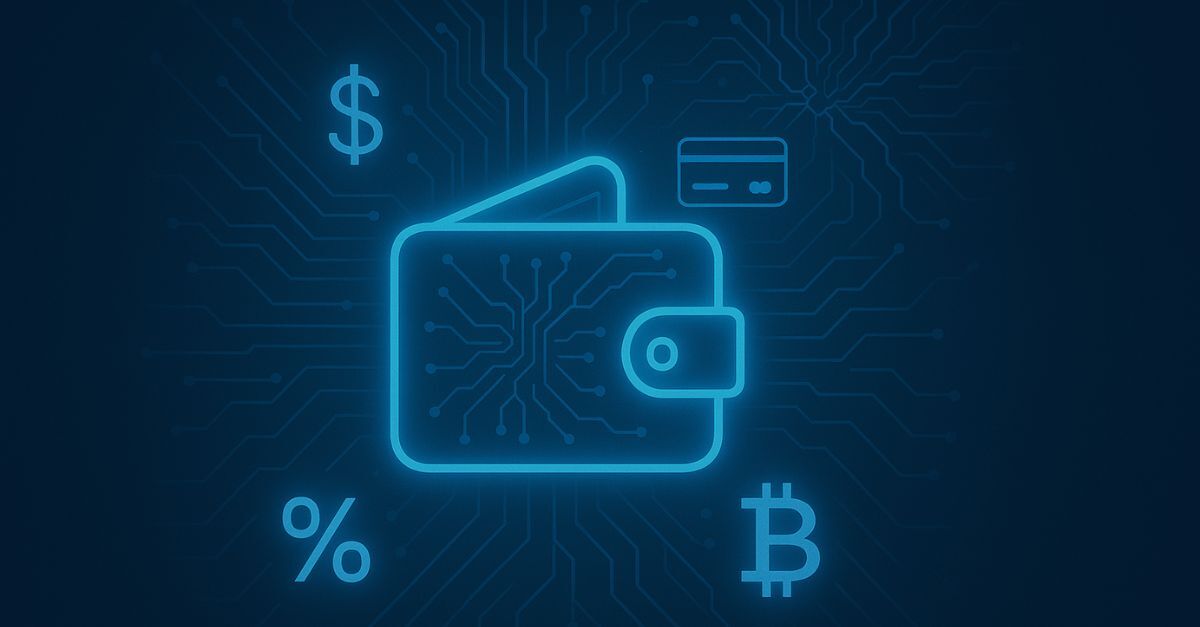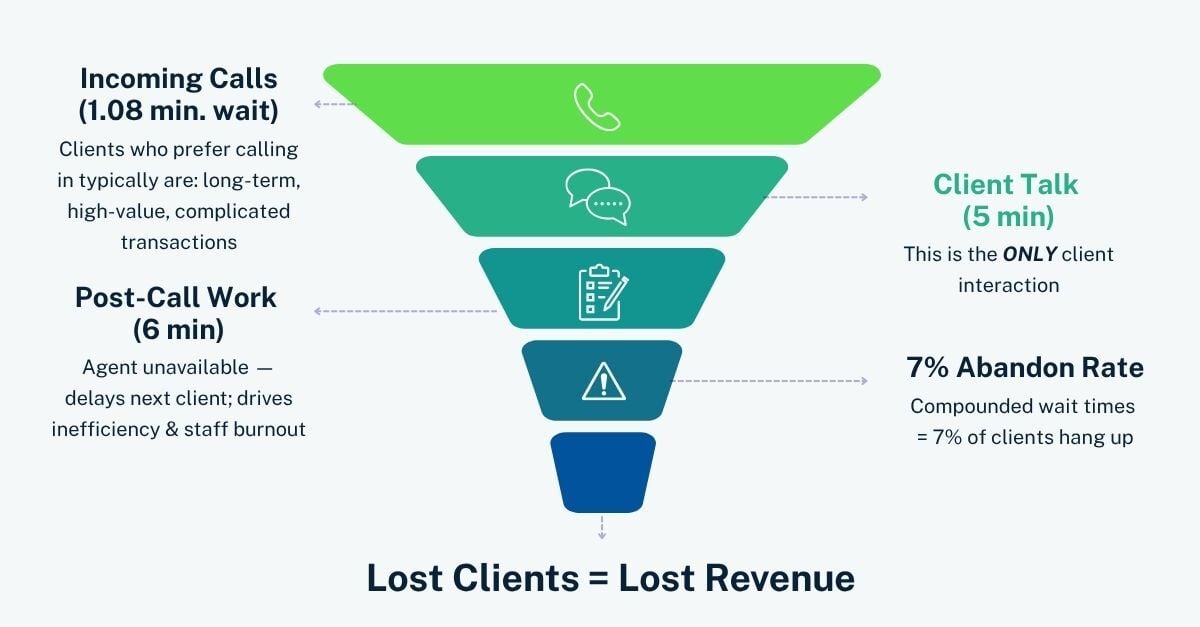When Handle Time Hurts: The Hidden Risk in Call Center Engagement
A member or customer calls with a question about their account. They wait one minute to speak with a person. The conversation takes five minutes. The...
Navigate this high stakes process with precision.
A solution delivering fast, efficient, and accurate core data.
Digital solutions to grow, scale, and outperform.
Reliable, efficient, and integrated core platforms deliver results.
Select modern communications channels to integrate with core and digital solutions.
Strategic Planning
Support services for the strategic planning process at every level.
M&A Planning
Realize the key value drivers resulting from your merger or acquisition.
Performance Benchmarking
Tailored metrics and benchmarks designed to assess relationships.
Organizational Efficiency
Enhance efficiency across branches, digital channels, and contact centers.
A digital library of industry news, analysis, best practices, and thought leadership tailored to the challenges and opportunities faced by financial institutions.
Our in-depth analysis of conversion strategies, M&A activity, and the evolving landscape of financial services.
A podcast channel for the time-constrained banking professional delivering sharp insights on fintech, strategy, and leadership to help you stay ahead in a fast-changing financial world.
1 min read
 James White
:
10/10/25 11:21 AM
James White
:
10/10/25 11:21 AM

Google, Mastercard, PayPal, American Express, and Coinbase quietly changed the script last week. They rolled out the Agent Payments Protocol, which lets autonomous AI agents pay bills, move money, and shop on behalf of their human owners. Credit cards, stablecoins, and real-time bank transfers are all fair game.
That single announcement should feel louder than a fire alarm inside every financial institution.
For years, AI sat in the back office, detecting fraud, underwriting loans, and developing smarter marketing models. The Agent Payments Protocol moves it to the front of the house, not as a helper but as a spender.
Why It Matters
Picture a bot that compares mortgage rates, pulls credit, fills applications, and submits them before your member even finishes lunch. Imagine a treasury agent reallocating liquidity across accounts the moment yields shift. The mechanics are no longer theory. The rails now exist.
And they are not owned by banks or credit unions. They are owned by Big Tech, global networks, and crypto incumbents.
The Strategic Questions
This is not about whether AI will transact. It already can. The question is how your institution plans to stay relevant once it does.
Lessons from History
Think about how PayPal jumped from eBay novelty to household name in less than a decade. Or how Zelle swallowed P2P almost overnight. AI agents can move even faster. Why. Because once a consumer trains their agent to pay the bills or find the best loan, they never go back. The stickiness of automation is stronger than any loyalty program you can design.
What Leaders Should Do Now
AI just grew a wallet. Payments will not look like humans typing numbers into forms much longer. Machines will transact for humans, across networks, in real time. The only real question is whether your institution chooses to become the trusted facilitator of those transactions or sits idle while someone else collects the fees.
Would you trust an AI agent to shop for your next mortgage or move money across your accounts?
Reference Article:
https://www.investors.com/news/technology/google-stock-artificial-intelligence-agents-payments/

A member or customer calls with a question about their account. They wait one minute to speak with a person. The conversation takes five minutes. The...

Key Takeaways From This Blog: The Universal Banker is evolving into a digital, real-time advisor powered by AI, instant payment rails, and...

1 min read
Key Takeaways From This Blog: AI isn’t static software, it learns, drifts, and changes over time. Treating it like a plug-and-play tool is a...